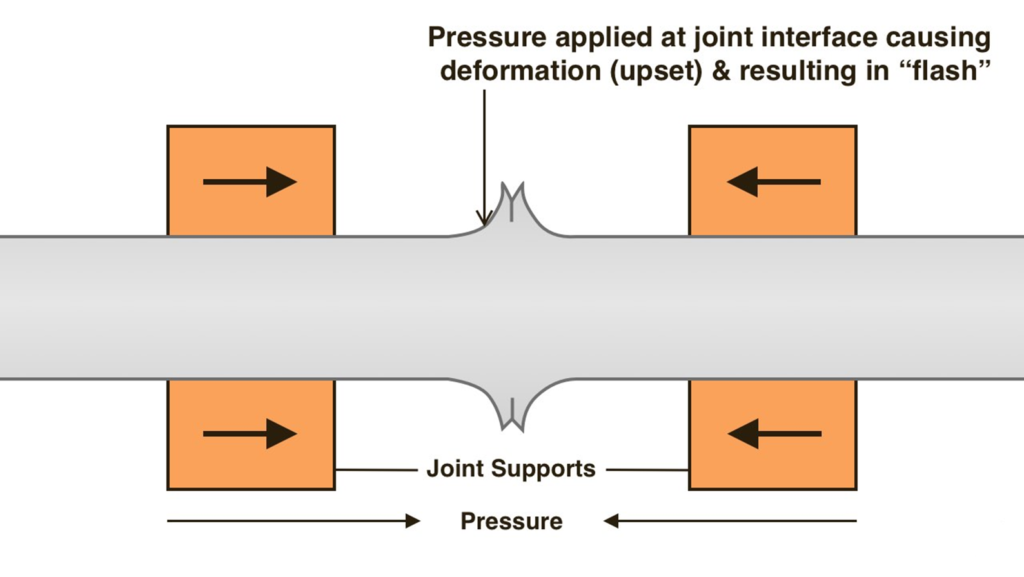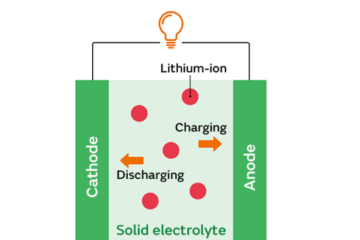Potential of Cold Welding in Microfabrication: Mechanisms, Applications, and Future Frontiers
Microfabrication, a transformative technology focused on creating miniature structures and devices at the micro or nanoscale, has seen a surge in innovation, with cold welding standing out as a key process. Cold welding, a unique bonding method that forgoes heat, is making significant contributions to the development of microelectromechanical systems (MEMS), nanoelectromechanical systems (NEMS), and other advanced microscale devices.
Mechanisms of Cold Welding
- Surface Cleanliness: The foundation of successful cold welding lies in the cleanliness of material surfaces. Contaminants or oxide layers can disrupt the process. To address this, microfabrication employs meticulous surface preparation techniques such as plasma cleaning and chemical etching, ensuring optimal bonding conditions.
- Plastic Deformation: At the heart of cold welding is the plastic deformation of material surfaces. When clean and flat surfaces are brought together, atoms undergo rearrangement, overcoming repulsive forces. The mechanical forces applied during bonding facilitate this plastic deformation, fostering a solid-state bond.
- Van der Waals Forces: Cold welding capitalizes on Van der Waals forces, including dispersion forces and dipole-dipole interactions. At the nanoscale, these forces become increasingly influential, promoting material adhesion without elevated temperatures. This aspect allows for the formation of strong bonds between materials.


Applications of Cold Welding in Microfabrication
- MEMS and NEMS Devices: Cold welding has extensive applications in creating MEMS and NEMS devices. These systems often require integrating diverse materials with precise alignment and bonding. Cold welding provides a reliable solution, creating robust connections without exposing the components to the risk of thermal damage.
- Microelectronics: In the realm of microelectronics, where the constant pursuit of miniaturization prevails, cold welding emerges as a compelling alternative to traditional soldering methods. Avoiding heat reduces the risk of thermal stress and damage to sensitive electronic components, ultimately improving device performance and lifespan.
- Biomedical Devices: The biomedical field benefits from cold welding in the construction of miniaturized devices for medical diagnostics and treatment. The gentle bonding process is particularly suitable for attaching sensors to biological tissues or creating implantable devices, ensuring compatibility with biological systems.
- Photonics and Optoelectronics: Cold welding is gaining traction in assembling photonic and optoelectronic devices. This method allows for precise alignment and bonding of optical components without needing high-temperature processes, preserving the optical properties of the materials involved.
Metals Suitable for Cold Welding
- Aluminum: Aluminum is a popular choice for cold welding due to its susceptibility to cracking under traditional welding temperatures. The negligible heat input in cold welding allows for forming a homogeneous bond without the risk of cracking, making it an ideal candidate for microfabrication and precision applications.
- Copper: Copper, known for its excellent electrical conductivity, is another metal well-suited for cold welding. Its ductility and malleability make it compatible with the plastic deformation required for the cold welding, ensuring strong and reliable bonds.
- Lead and Zinc: Lead and zinc, often used in various industrial applications, exhibit favorable characteristics for cold welding. The absence of heat-induced cracking ensures the formation of solid-state bonds, making them suitable for applications where traditional welding methods might compromise material integrity.
- Alloys of Silver, Aluminum, and Nickel: Cold welding extends its applicability to silver, aluminum, and nickel alloys. These alloys benefit from the process as they tend to crack under the heat of traditional welding. Cold welding provides a means to achieve seamless bonding without compromising the structural integrity of these alloys.
- Soft Metals like Silver, Gold, and Platinum: Soft metals like silver, gold, and platinum, prized for their unique properties, are well-suited for cold welding. The process accommodates their ductility and prevents cracking, making it an attractive option for precision applications in electronics and jewelry.
Variations of Cold Welding
- Cold Metal Transfer Welding: This variation incorporates an electric arc to join workpieces, resembling more of a MIG welding process. However, it requires significantly less heat than traditional MIG welding, earning its classification as a cold welding process. While technically imprecise, this method is valuable where traditional cold pressure welding may not be applicable, despite its higher cost when executed by automatic machine systems.
- TIG Cold Welding: A MIG welding process is performed under cold settings in this variation. Despite not strictly adhering to traditional cold welding principles, it follows TIG welding’s principles with limited input heat. This is particularly useful for welding metal sheets and wires while minimizing the overall temperature of the process.
- JB Weld: In this unique process, workpieces are not welded traditionally. Instead, they are joined using epoxy, base, and activator, forming a paste applied to the metal parts. Although the bonding strength is weaker than traditional cold welding, JB Weld is valuable for minor repairs and welding tasks, offering a practical solution for specific applications.
Challenges and Future Prospects
While cold welding showcases numerous advantages in microfabrication, challenges like sensitivity to surface contamination and the demand for precise control over bonding parameters persist. Researchers are actively addressing these challenges, paving the way for expanded applications of cold welding in emerging fields.
Conclusion
Cold welding has become a pivotal player in microfabrication, offering a unique and promising approach to bonding materials at the microscale. Its diverse applications across industries, from electronics to biomedical devices, underscore its versatility and potential impact on advanced microscale technologies. Ongoing research promises further innovations and refinements, positioning cold welding as a cornerstone in the continuous evolution of microfabrication techniques.



0 Comments